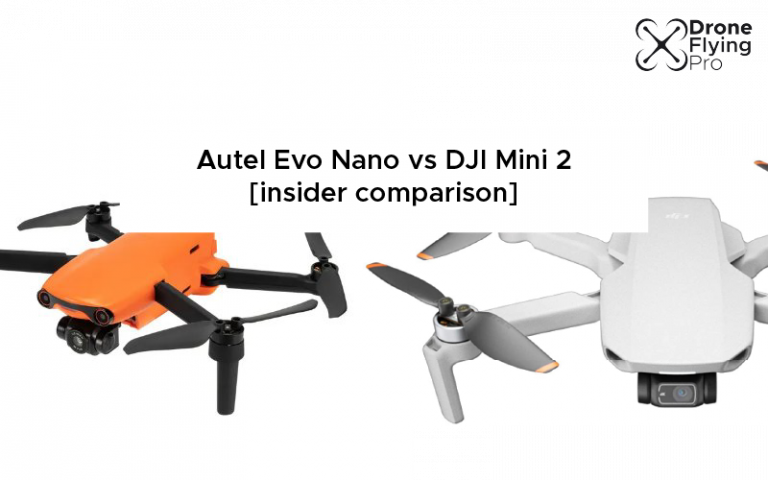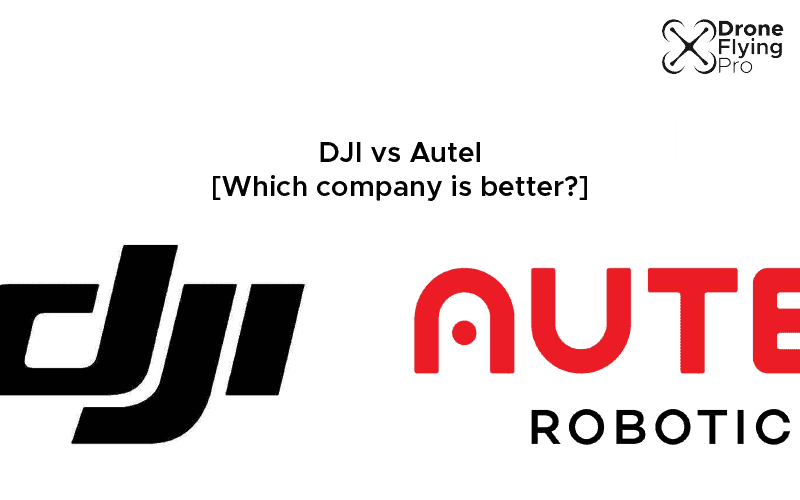Small drones are becoming increasingly popular because you can get around some of the red tape associated with drones over 250 g. The Autel Evo Nano and the DJI mini 2 come in under 250 g and are some of the most popular drones to choose from. Deciding between the Autel Evo Nano and the DJI Mini 2 can be very so I have laid out all the important specifications for the two drones so you can decide which is best for you.
The Evo Nano + is better than the DJI Mini 2 in terms of camera and sensing ability. However, if you want a higher top speed in a slightly smaller drone, the DJI Mini 2 will be the best option for you.
Here is a quick infographic to compare the top aspects of these drones.
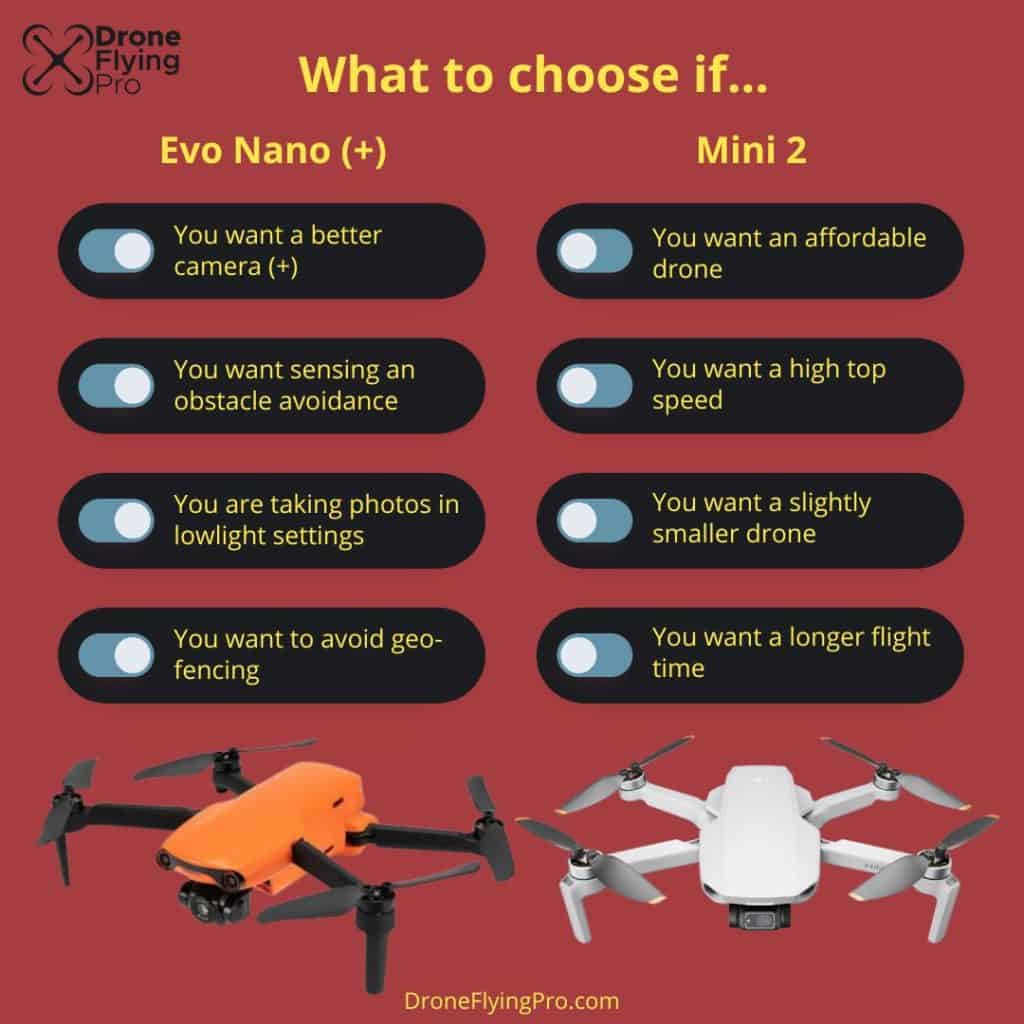
Price
| Drone | Price (USD) |
|---|---|
| Evo Nano (+) | 799 (899) |
| Mini 2 | 449.00 |
The Evo Nano is a much more expensive drone than the mini 2. However, is the extra money worth it? Here is everything you need to know to decide that question.
Form and performance
Choosing between drones can be confusing, especially when the two drones are very similar in weight, dimensions and features. However, there are some very subtle but important differences between the Evo Nano versus DJI mini 2, which we highlight in the table below.
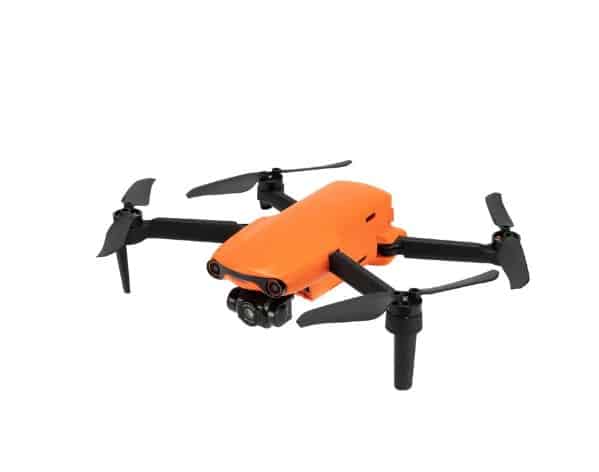
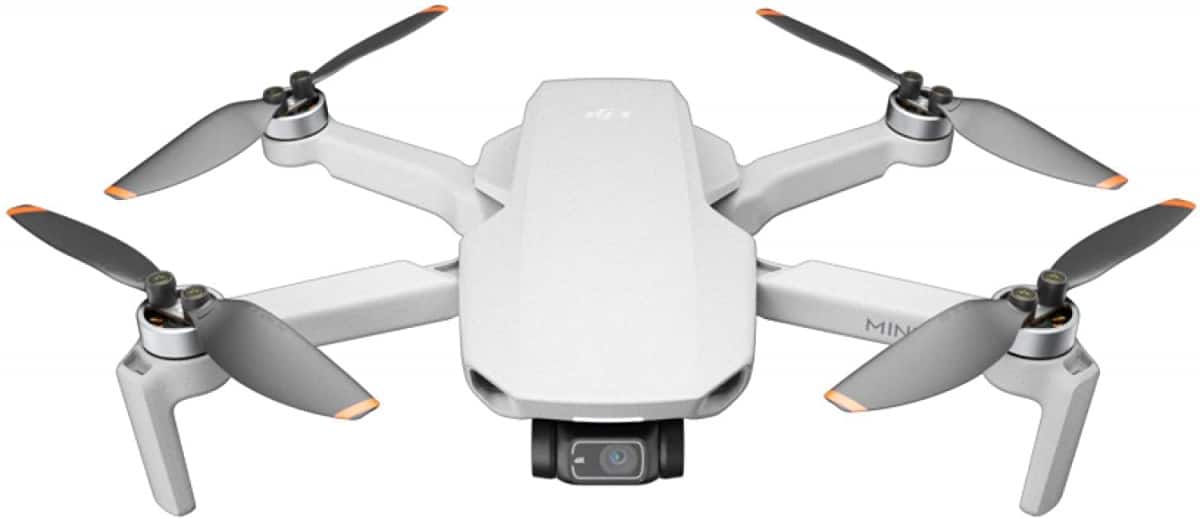
| Spec | Evo Nano | Mini 2 | TLDR |
| Take off weight | 249 g | < 249 g | Same weight |
| Dimensions | Folded: 142×94×55mm Unfolded: 260×325×55mm | Folded: 138×81×58 mm Unfolded: 159×203×56 mm Unfolded (with propellers): 245×289×56 mm | The mini 2 is smaller |
| Max Flight Time (no wind) | 28 min | 31 min (measured while flying at 4.7 m/s in windless conditions) | The mini flies for longer |
| Max Hovering Time (no wind) | 25 min | Not supplied | |
| Max Flight Distance (no wind) | 16.8 km | Not supplied | |
| Max Flight Speed (near sea level, no wind) | 4m/s (ludicrous) 3m/s (standard) 2m/s (smooth) | 16 m/s (S Mode) 10 m/s (N Mode) 6 m/s (C Mode) | Mini 2 flies faster |
| Max Wind Speed Resistance | Level 5 | 30.6-37.8 kph (Scale 5) | Both offer Scale five wind resistance |
If you are concerned about the drone size, the mini 2 is smaller than the Evo nano. Because the DJI mini 2 is a little smaller, it flies for slightly longer on average and has a much faster maximum flight speed.
Both drones offer the same level 5 maximum wind resistance to ensure that your drone is kept safe. Smaller drones tend to be knocked about by the wind much more than larger drones; therefore, ensuring you have a level 5 or more wind resistance will help you feel confident to take your drone out in stronger breezes.
Camera
Many people want to buy a mini drone because of the ability to carry their drones anywhere whilst having the ability to place a camera in the sky.
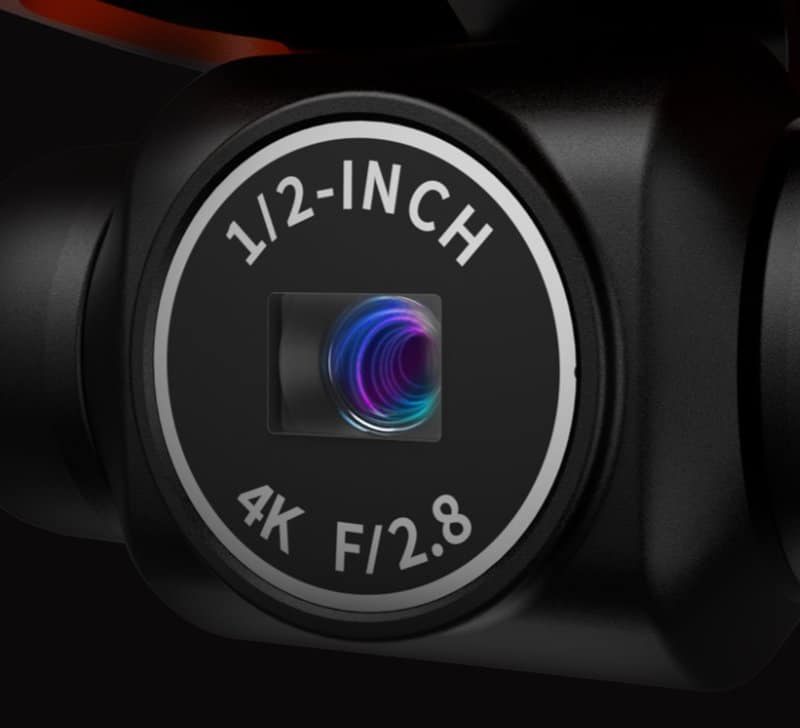
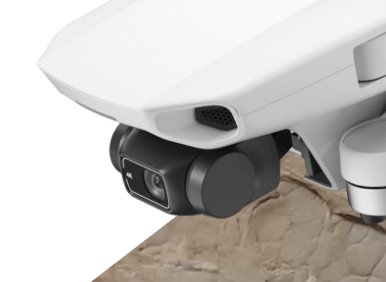
You can use your drone to capture amazing photos of your adventures. The hardware the drone carries is very important in determining the quality of the photos and videos you can capture.
Autel offers the Evo Nano +, which has a much better camera than the Evo Nano. But, does it compare to the DJI mini 2 camera?
Here are the important specs between the Evo now, the Evo nano+, and the mini 2.
| Spec | Evo Nano | Evo Nano + | Mini 2 | TLDR |
| Sensor | CMOS:1/2 inch; Effective pixels:48M | CMOS:1/1.28 inch (0.8 inch) Effective pixels:50MP | 1/2.3” CMOS Effective Pixels: 12 MP | The EvoNano + has the largest sensor |
| Lens | FOV:84° Equivalent focal length:24mm Aperture:f/2.8 Focus range:1m ~ ∞ Focus mode: fixed focus | FOV: 85° Equivalent focal length: 23mm Aperture: f/1.9 Focus range: 0.5m ~ ∞ Focus mode: PDAF+CDAF/MF | FOV: 83° 35 mm format equivalent: 24 mm Aperture: f/2.8 Focus range: 1 m to ∞ | Evo Nano+ has a better lens than the Mini 2 |
| ISO Range | Video:ISO100 ~ ISO3200 Photo:ISO100 ~ ISO3200 | Video:ISO100 ~ ISO6400 Photo:ISO100 ~ ISO6400 | Video: 100-3200 (Auto) 100-3200 (Manual) Photos: 100-3200 (Auto) 100-3200 (Manual) | Evo Nano + is best ISO range |
| Still Image Size | 48MP:8000×6000(4:3) 12MP:4000×3000(4:3) 4K:3840×2160(16:9 | 50MP:8192×6144(4:3) 12.5MP:4096×3072(4:3) 4K:3840×2160(16:9) | 4:3: 4000×3000 16:9: 4000×2250 | Evo Nano + is best image size |
| Video Resolution | 3840×2160 p30/25/24 2720×1528 p30/25/24 1920×1080 p60/50/48/30/25/24 HDR: 3840×2160 p30/25/24 2720×1528 p30/25/24 1920×1080 p60/50/48/30/25/24 | 3840×2160 p30/25/24 2720×1528 p30/25/24 1920×1080 p60/50/48/30/25/24 HDR: 3840×2160 p30/25/24 2720×1528 p30/25/24 1920×1080 p60/50/48/30/25/24 | 4K: 3840×2160 @ 24/25/30fps 2.7K: 2720×1530 @ 24/25/30/48/50/60fps FHD: 1920×1080 @ 24/25/30/48/50/60fps | Similar Video resolution across all models |
| Digital Zoom | None | Digital zoom:1 ~ 16 times | 4K: 2x 2.7K: 3x FHD: 4x | Best digital zoom on Evo nano+ |
If you want to ensure that your mini drone is capable of professional-level photos and videos, you should purchase the Evo Nano +. The Evo nano + is capable of high-resolution photos and videos with its larger CMOS sensor and greater digital zoom.
Video resolution is similar across all of the models in the above table, so if your main purpose for buying a drone is to capture video, any drone can provide you with 4K resolution. However, the largest sensor on the Evo nano + will result in a better lowlight and low noise image.
Gimbal
The Gimbal is a very important part of the drone as it not only controls the camera but also gives you the drone much clearer photos and stable video.
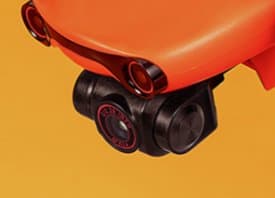
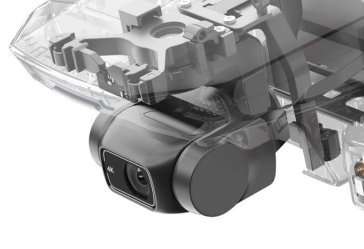
Nothing is more frustrating than pressing the capture button and getting shaky video or photos. Both of these drones come with a three-axis stabilisation, meaning they should be able to stand up to some of the more expensive drones in terms of video quality and stability.
Here is a comparison of the important Gimbal specifications between the two drones.
| Spec | Evo Nano | Mini 2 | TLDR |
| Stabilisation | 3-axis | 3-axis (tilt, roll, pan) | Same |
| Mechanical Range | Pitch: -125°~35° Roll: -34°~33° Yaw: -25°~25° | Tilt: -110° to 35° Roll: -35° to 35° Pan: -20° to 20° | Greater control of mechanical range on EVO nano |
| Max Controllable Speed (tilt) | 30°/s | 100°/s | Faster controllable speed in mini 2 |
| Controllable Range | Pitch: -90°~ 0° | Tilt: -90° to 0° (default setting) -90° to +20° (extended) | Larger controllable range in mini 2 (extended) |
Even though there is a very slight benefit to the mechanical range of the Evo Nano the mini 2 has a larger controllable range when in extended mode and has a faster controllable speed. When I have been flying my drone it is important to me to have a fast-moving Gimbal as sometimes framing subjects such as flying birds or moving cars needs quick Gimbal movement.
If you are flying around fast-moving subjects, I would recommend the DJI mini 2 for it greater controllable range and Gimbal movement speed of 100° per second.
Sensors
It’s critical to keep your drone as safe as possible while in flight, so you should look at the sensing system that comes with it.
I’ve flown my drone in various settings, and the detecting system has saved me from crashing into trees, buildings, and people on several occasions.
Often, drone pilots are distracted by looking down at the screen and forgetting to keep a visual line of sight with their drone. A good detection system will prevent you from colliding with overhanging branches and other aerial obstructions.
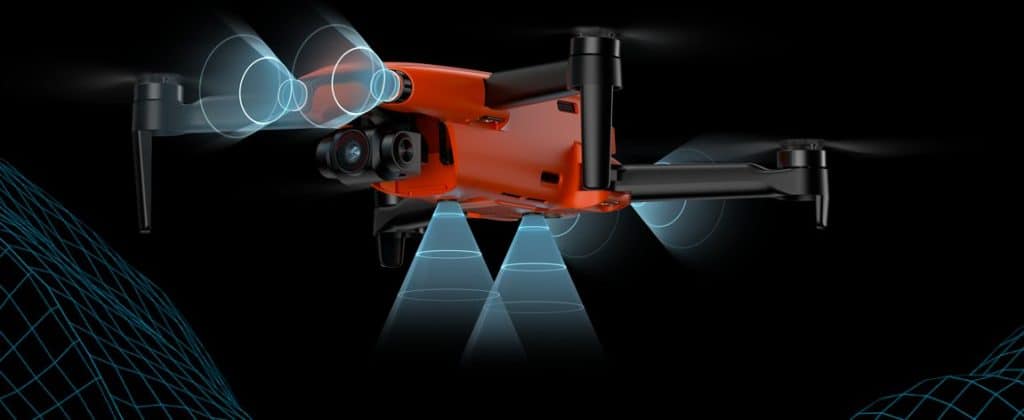
If you are looking for a mini drone with a good obstacle avoidance system, you should check out the Autel Evo Nano as it is much more capable of keeping your drone safe due to its much better sensing system (it has one). The Evo Nano has a forward, backwards, and downward obstacle sensing system which is more than enough to keep your drone safe during flight.
| Spec | Evo Nano | Mini 2 | TLDR |
| Forward | Accurate measurement range:0.5~16m Effective sensing speed:<10m/s FOV: Horizontal<40°, Vertical<30° | none | Evo Nano wins |
| Backward | Accurate measurement range:0.5~18m Effective sensing speed:<12m/s FOV:Horizontal<40°,Vertical<30° | none | Evo Nano wins |
| Downward | Accurate measurement range:0.5~20m Visual hovering range:0.5~40m FOV:Horizontal < 40°, Vertical <30° | Hovering Range: 0.5-10 m | Evo Nano wins |
| Upward | none | none | same |
| Downward Auxiliary Light | none | none | same |
If you regularly fly near obstacles, I recommend looking for a drone with a good sensing capability to keep you out of danger. I know that I’ve been caught out several times when I’ve been too focused on framing the shot or flying back to the landing spot quickly.
In this instance, the Evo Nano will be a better drone for you over the DJI Mini 2.
Battery
You have to ensure that the battery provides enough power to complete your flight mission. Also, having more than one battery will allow you to make the most of your current flight location.
I always purchase at least one extra battery regardless of the drone model so that I can fly for much longer. Flying for much longer is a better feeling when you have tracked into a difficult location or you are in a place we will not visit frequently.
| Spec | Evo Nano | Mini 2 | TLDR |
| Capacity | 2250mAh | 2250 mAh | same |
| Battery Type | Li-Po 2S | LiPo 2S | same |
The Evo Nano and the DJI Mini 2 will provide you with plenty of battery power as the batteries are almost identical in terms of their specifications.
Other considerations
You need to make a few other important considerations if you decide between the Evo now versus DJI mini 2. These include the manufacturer, the app that will be used to control the drone, the support available to you, and the number of accessories you may wish to purchase for the drone.
Geofencing
The DJI drone comes with the DJI app that Geo fences the drone not allowing it to enter certain areas. However, the Autel drones do not have any issues with geo-fencing and can be flown anywhere.
Obviously, you still have to abide by local rules and regulations something that DJI allows you to do much easier than Autel.
Manufacturer
if you want to know the biggest difference between DJI and Autel robotics, check out my other article – where I go through the differences and which drone manufacturer is better.
Ultimately, both great drone companies produce high-quality consumer and enterprise drones. Even though DJI takes out a large market share, Autel drones are just as useful and capable of capturing incredible footage.
There are some ethical considerations when purchasing a drone from China and some people prefer not to work with DJI or purchase their drones and are looking for other options.
App
As a drone pilot, the main interaction you have with your drone during the flight is via the software on your app and the remote control that you used to pilot the drone.
There is no doubt that DJI have been able to refine their range of drone apps, including DJI GO4 and the DJI fly app.
Autel uses the Autel Sky app for controlling their Evo nano drones.
Both companies have been working hard to make the piloting experience as user-friendly as possible and will continue to update the interface and app in the future.
Arguably, DJI has a better user interface because they have so much more money to invest in making their app intuitive and user-friendly. However, there are no serious issues with the Autel explorer app and it can be used easily and securely.
Support
DJI is a much bigger company and has a much larger market share. This means that the support available to you as a drone pilot is much greater as there are multiple forums where DJI representatives are active. Also, I have heard good things about DJI’s customer service and care programs if you have purchased their drones.
That said, Autel is also a very reputable manufacturer and there are some pressures on them to provide expert customer service because they want to gain as many customers as possible from the DJI pilots. Customer service is key.
Accessories
there seems to be a greater number of official and unofficial accessories from DJI because of the large market share. It is more profitable for third-party manufacturers to produce accessories for DJI drones because of the number of drones being purchased.
This aspect is only important if you want to extend the capability of your drone with bait dropping (for drone fishing), attach lights to your drone, or any other third-party addition.
DJI drones have a much better ecosystem of accessories.
Wrapping up
In this article, we have been through the Evo now versus DJI Mini 2 and compared the important specifications.
Ultimately, if you want a great camera in a small package with obstacle avoidance sensors the Evo Nano + will be the best drone for you.
However, if you want a large ecosystem of third-party accessories and a slightly higher flight speed and battery time the DJI mini 2 would be your best option.
